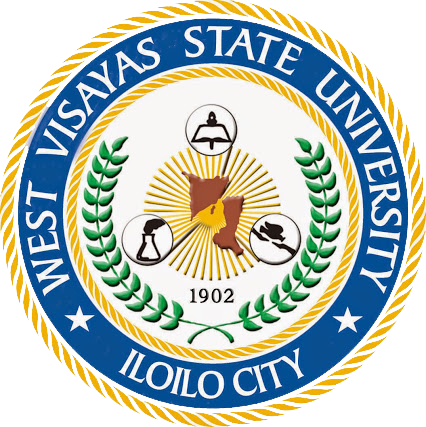Development of site-specific nutrient management (SSNM) recommendations for irrigated rice in Region VI (Capiz, Aklan, and Antique)
| dc.contributor.author | Gabinete, Greta | |
| dc.contributor.author | Peñaranda, Hector | |
| dc.contributor.author | Gutierrrez, Benjamin | |
| dc.contributor.author | Buresh, Roland | |
| dc.coverage.spatial | Capiz | en |
| dc.coverage.spatial | Aklan | en |
| dc.coverage.spatial | Antique | en |
| dc.date.accessioned | 2022-10-05T09:58:03Z | |
| dc.date.available | 2022-10-05T09:58:03Z | |
| dc.date.issued | 2012-06 | |
| dc.identifier.citation | Gabinete, G. G., Samson, M. I., Penaranda, H. D., Gutierrez, B. A., & Buresh, R. J. (2012). Development of site-specific nutrient managment (SSNM) recommendations for irrigated rice in Region 6 (Capiz, Aklan, and Antique [Philippines]). WVSU Research Journal, 1(1), 16-31. | en |
| dc.identifier.issn | 2244-4335 | |
| dc.identifier.uri | http://repository.wvsu.edu.ph/handle/123456789/160 | |
| dc.description.abstract | Site-specific nutrient management (SSNM) is a plant-need-based approach for optimized application of nitrogen, phosphorus, and potassium fertilizers. This study developed and evaluated SSNM recommendations for irrigated rice in Aklan, Antique, and Capiz. Field trials using the nutrient omission plot technique provided information to calibrate Nutrient Manager for Rice, a computer-based decision tool. Additional field trials compared SSNM-based fertilizer recommendations of Nutrient Manager with farmer’s fertilizer practices. Measured soil properties were not well related to rice yields measured in nutrient omission plots suggesting soil properties are not good predictors of nutrient supply in rice soils. Relationships of yield in nutrient omission plots with yield in full fertilized plots were comparable to relationships from other regions of the Philippines already used in Nutrient Manager. This provides confidence that Nutrient Manager is well adapted for Region 6. Fertilizer management based on Nutrient Manager increased yield by 370 kg per hectare per season. Results suggest an increased income of PhP 4500 per hectare per season is a realistic target with Nutrient Manager. When factors other than nutrients – such as pests, diseases, or poor crop management – limit rice yield, improved nutrient management should be combined with practices to overcome these constraints. | en |
| dc.description.sponsorship | The authors thank and greatly appreciate the farmers in Region Vi who were willing to work in improving the crop and nutrient management practices in irrigated lowland rice areas for increased productivity. The development of SSNM was made possible with financial support from the Department of Agriculture, Regional Field Office VI, Iloilo City, and technical assistance from the International Rice Research Institute, Los Baños, Laguna. | en |
| dc.language.iso | en | en |
| dc.publisher | University Research and Development Center, West Visayas State University | en |
| dc.relation.uri | en | |
| dc.subject | Site-specific nutrient management | en |
| dc.subject | irrigated rice | en |
| dc.subject | Western Visayas | en |
| dc.subject | SSNM | en |
| dc.subject | PCARRD | en |
| dc.subject | IRRI | en |
| dc.subject | UPLB | en |
| dc.subject | DA | en |
| dc.subject | FFP | en |
| dc.subject | Farmer's fertilizer practice | en |
| dc.subject | Nutrient Manager for Rice | en |
| dc.subject.lcsh | Decision support systems | en |
| dc.subject.lcsh | Rice--Fertilizers | en |
| dc.subject.lcsh | Rice--Research | en |
| dc.subject.lcsh | irrigation | en |
| dc.title | Development of site-specific nutrient management (SSNM) recommendations for irrigated rice in Region VI (Capiz, Aklan, and Antique) | en |
| dc.type | Article | en |
| dcterms.accessRights | Open access | en |
| dc.citation.journaltitle | WVSU Research Journal | en |
| dc.citation.volume | 1 | en |
| dc.citation.issue | 1 | en |
| dc.citation.firstpage | 16 | en |
| dc.citation.lastpage | 31 | en |
| dc.identifier.essn | 2651-6659 | |
| local.subject.agrovoc | site-specific nutrient management | en |
| local.subject.agrovoc | nutrient management | en |
| local.subject.agrovoc | rice | en |
| local.subject.agrovoc | decision support | en |





